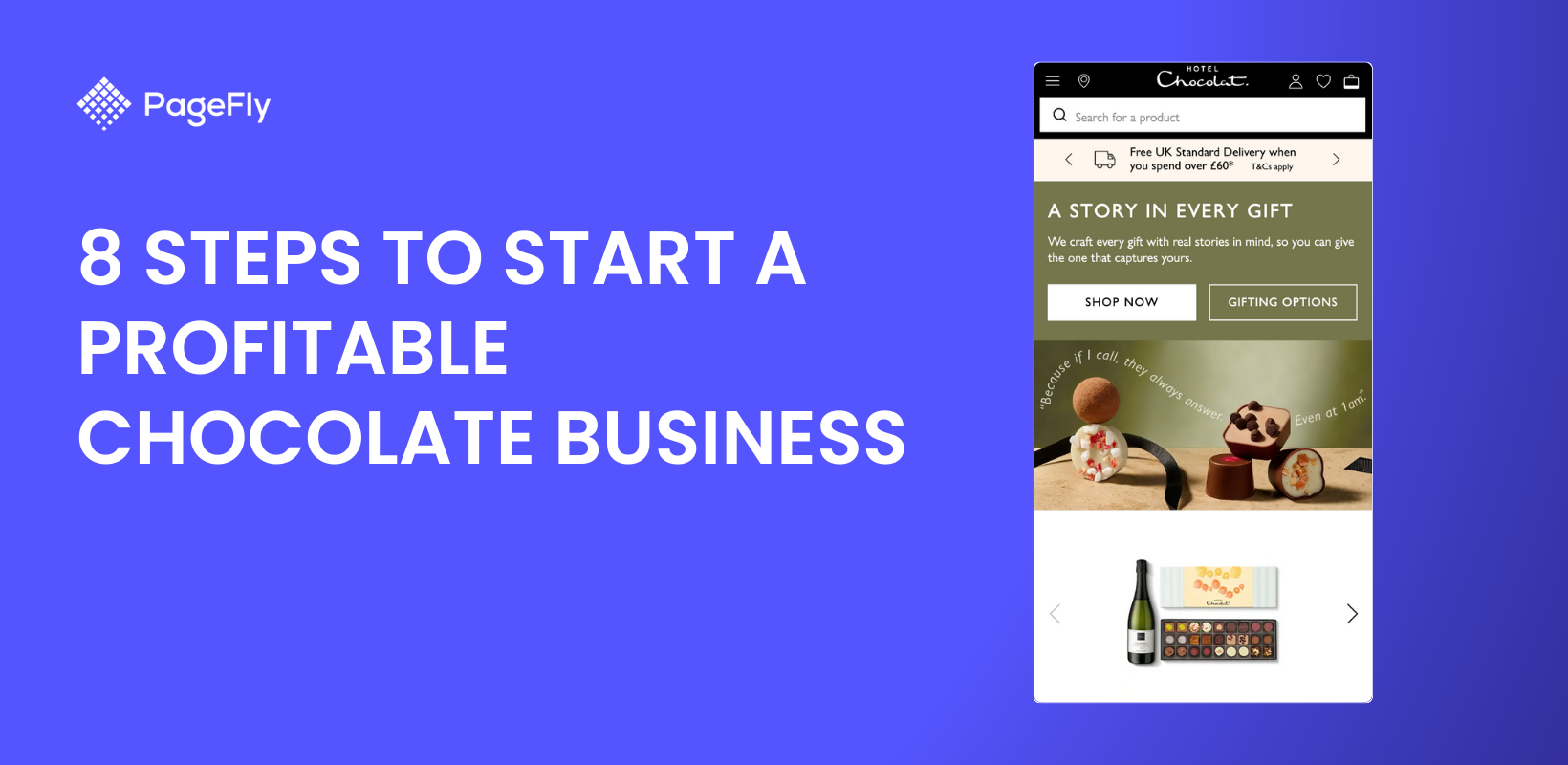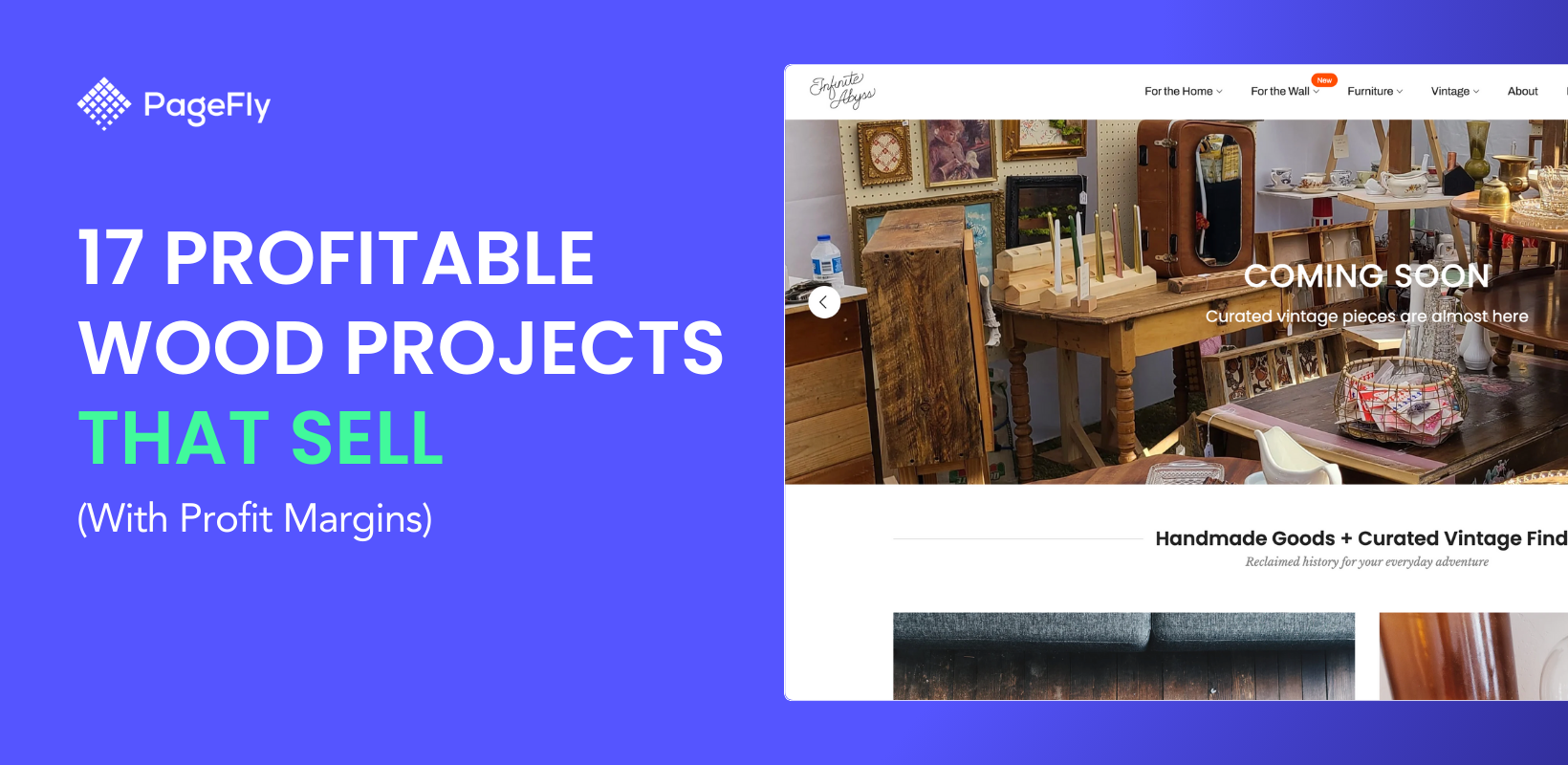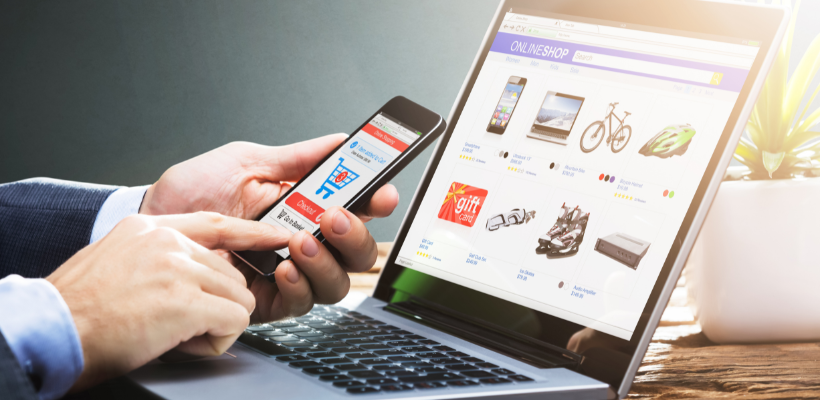Businesses can apply a variety of pricing strategies to increase customer satisfaction while also enhancing profit margins. Bundle pricing allows companies to sell many products at a low price. Understanding how price bundling works will help you determine whether or not to apply this approach in your business operations system.
When customers buy complementary products together, whether in a set package or as a choose-your-own bundle, it's easier for them to appreciate the value those products give. That's the beauty of a bundle pricing strategy: customers not only get the benefits of a suite of products for a single purchase price, but the company also gets more value.
In a bundle pricing, companies sell a package or set of goods or services for a lower price than they would charge if the customer bought all of them separately. Popular price bundling examples are new car option packages, value meals at restaurants, and cable TV channel packages. Using a price bundling strategy allows you to boost your profit by giving customers discounts.
Read more: Shopify Amazon Integration: How It Works and All The Benefits
Outline
I. What Is Product Bundle Pricing And Different Types Of Bundle Pricing
Price bundling, also known as product bundle pricing, is a business strategy in which businesses combine multiple items together and sell them at a single price, rather than setting individual prices to each item. This indicates that a bundle is now a separate product. In addition to goods and products, businesses can use this pricing strategy for a range of services. Bundle pricing can benefit a company by displaying more value for the products as a whole.

Source: Amazon
Bundle pricing is based on the concept of consumer surplus and the assumption that customers often have a predetermined price for an item that they are willing to pay. The difference between the price a customer is willing to pay and the price a business charges for a product is known as consumer surplus. If they spend less than their budgeted amount, the consumer is more likely to believe they got a good deal. Bundle pricing may effectively capture a larger percentage of consumer surplus while still providing a discount to the customer.
Bundle pricing is an incredible strategy to move products quickly, offload less-profitable SKUs, and provide more value to your regular consumers.
Price bundling is a marketing strategy in which two or more products are combined to be offered at a lower price than if the same products were sold separately. The bundle pricing technique is popular in retail and eCommerce as it offers more value for the price. It can also help build customer loyalty and boost product sales.
Read more Shopify Product Bundles: Definition, Best Practices and Best Examples
Types of bundle pricing strategies
There are two main bundle pricing strategies: pure bundling and mixed bundling. While both can be used by companies to achieve a certain goal, they have different features and benefits.
Pure Bundling
Pure bundling is a pricing strategy in which businesses sell specific items only with one another. Certain products may not be available for purchase individually in some situations and may only be sold as part of a bundle. This means that if a customer is interested in one of the items or services included in the bundle, they may be persuaded to buy the complete package, increasing earnings for your business. Leader bundling, joint bundling, and mixed-leader bundling are three separate subcategories of pure bundling.


Source: Windows Central
Pure bundling occurs when a buyer has only the option of purchasing the bundle as-is or not at all. This sort of price bundling is the simplest to implement because you have full control over the creation of a bundle. Joint bundling and leader bundling examine the various features in your bundle and how they interact with one another.
- Leader bundling: occurs when a leader product, or main product, is combined with non-leader products of lesser value or popularity within the same package. This means that the leading product may be what persuades customers to buy the entire bundle.
- Joint bundling: is the process of offering two or more products together at a single price. The products are only available with a single purchase. G Suite is an example of this because you cannot purchase Gmail or Sheets as a stand-alone product.
- Mixed-leader bundling: is similar to leader bundling in that it includes one leader product as well as additional non-leader products. It differs in that mixed-leader bundling allows the consumer to purchase the leader item separately individually.
Mixed bundling
Mixed bundling, also known as custom bundling, occurs when you provide customers the choice to purchase a bundle as well as separate items individually. When using mixed bundling, you can encourage people to buy the bundle by selling it at a lower price than the total of all the items when sold individually. This allows certain consumers to get a discount on specific things while others can pay full price if they don't want to purchase everything.

Source: Wendy's
In the fast-food industry, mixed-price bundling is common, particularly in value meals. Many fast-food restaurants offer packaged meal deals in one form or another.
In most cases, ordering an entree, a drink, and a side together at a fast-food restaurant will cost less than ordering each item individually.

II. Advantages And Disadvantages Of Bundle Pricing
Price bundling might assist you overcome the challenges of convincing potential customers to buy specific products or services. It streamlines their buying experience and has the potential to enhance average order values by combining high- and low-value products.
Bundle pricing has various advantages, but it's a good idea to weigh the advantages and disadvantages before applying this pricing strategy. Understanding the advantages and disadvantages can help determine whether this is the best option for you. The following are some of the advantages and disadvantages of bundle pricing:
01. Advantages of bundle pricing
There are many benefits to implementing a bundle pricing strategy, including:
- Introduces new products: If you find a popular product among consumers, you might want to include it in a leader package with the product you're trying to promote. This allows you to take advantage of consumer interest in one thing to highlight other items and maybe pique their interest in those items as well.
- Attracts a new kind of buyer: bundle pricing might appeal to customers searching for deals and discounts, as well as shoppers looking for items that compliment each other. You can attract bargain-hunting buyers who would otherwise be uninterested in your brand. New types of buyers can help you enhance your total consumer popularity and profitability.
- Increases customer spending: Since you may not be able to offer the items individually, a bundle may encourage a buyer to spend more money than they intended. Even if you sell the bundle items separately, the buyer may be able to purchase them at a lower price than if they were purchased separately.

- Reduces marketing costs: Instead of spending funds to sell each item separately, bundle pricing allows you to advertise two or more products or services with the same number of resources as if you were advertising a single item.
- Simplifies production and minimizes the risk of error: If a bundle includes four individual items, the risk of error is reduced because one may occur during the delivery of each of the three items separately, rather than a single opportunity for error when selling them as a bundle.
- Personalized price: Many consumers would love to feel like they have control over the pricing of the products they purchase. Customers may choose to visit a store or business more frequently if it offers customized bundles in which the consumer decides which goods or services to include, as some bundle pricing strategies provide for this.
- Move lower-volume products: Consider mixing them with best selling items or consistently popular goods and services if a purchase error occurred or a product did not sell as quickly as expected.
- Simplify the buying experience: When you offer a bundle of separate items or features that, when combined, provide your customers with everything they need to achieve their buying objectives, you make the purchase decision easier.
- Increase sales: Bundling is a good strategy to boost your sales and profit margins while also giving your customers more value. Companies like Amazon, for example, frequently construct dynamic product bundles based on complimentary products that their customers frequently purchase. This enables Amazon to increase its profit margins while delivering a lower price than its competitors.

You're not just putting together products that complement one another from a business standpoint when you use a bundle pricing; you're also giving customers more value than they would get from each individual purchase. Customers become more loyal as a result of the compounding value, which can lead to future purchases.
Read More Everything You Need to Know About Shopify Product Bundles
02. Disadvantages of bundle pricing
Although the advantages of price bundling outweighs the disadvantages, it's still crucial to know how bundle pricing affects your customers. If you're not cautious, bundling certain products or services with others that aren't as valuable to potential customers may actually reduce the value of those products or services.
- Lowers profits for specific products: If you sell an item individually after offering it as part of a bundle at a discounted price, you may take a loss if customers buy more of that item at the discounted bundle price.
- Impacts customer view of the products and company: While this is not always the case, some customers may perceive products in a bundle to be of lower value because they believe the store is bundling them to get rid of obsolete or surplus items. Investing in marketing tactics that showcase their qualities and worth is one strategy to address this.
- Customers may prefer to buy separately: Customers who prefer to make their own decisions will always exist. When you combine multiple items or services, you eliminate the element of choice.
- Customers may not need all the bundled products: A successful price bundling plan is based on how much value you add to the customers, the individual products or features, and your business. It's essential to assure you're always meeting an actual demand among your target consumer personas.
An effective price bundling approach requires careful product selection. Product bundles must be carefully built, including products that are generally complementary. Consumers may not be interested in spending the extra money to acquire a package if the products aren't mutually relevant or practical.
III. When To Use Pricing Bundling And Price Bundle Strategies
When you have a suite of products or services to offer, or when you wish to improve the value of low-volume items, a bundle pricing strategy is ideal. Customers will obtain the functionality they need from your service or product if you sell these complementary products together. Bundle pricing improves the purchase experience for customers and can result in more engaged customers over time.
To implement this strategy in your Shopify store, watch the video below. It guides you through using the Shopify Kaching Bundle Quantity Breaks in PageFly.
01. Your product has necessary integrations
Certain sorts of services are created on top of existing functionality to add value or seamless integration in today's linked SaaS and subscription market.
Price bundling makes it simple to supply every new customer with the functionality they require in a single transaction when your product requires these types of connections to perform properly.
Subscription billing solutions offer many examples of bundle pricing, which combine subscription management with additional features including payment gateways, analytics, and revenue recognition.
02. You need to offer discounts for certain products
There are times when offering a discount is a vital element of doing business, whether it's due to a new rival cutting into your customer base or a lack of engagement from existing consumers.
While deliberately discounting products might reduce their perceived value, price bundling lets you counteract these negative impacts by combining discounted items. This raises the value added to the customer and helps you capture more revenue for each individual purchase.
IV. Who Uses Bundle Pricing And Price Bundling examples
Businesses in various industries use bundle pricing in order to increase their value while increasing customer satisfaction as well. Some of the bundle pricing examples are:
01. Restaurants
Restaurants and fast-food chains can benefit from bundle pricing because it allows them to create bundles that complement one another, encouraging customers to buy a full meal rather than a single item.
This can enhance the amount of money spent and the customer's overall experience with the business. Because most food items have an expiration date, restaurant managers can utilize bundle pricing to give discounts to boost the number of consumers who purchase that item.
For example, if a hamburger restaurant buys too many potatoes and is concerned about losing revenue due to product expiration, they could bundle potatoes like fries and hash browns with a leader product like a hamburger.
Customers who come into the restaurant planning to purchase a hamburger may instead choose the bundle, increasing the quantity of potato products sold.
02. Internet and cable companies
Another business that can benefit from a bundle pricing strategy is the internet and cable companies. They may provide their customers with many media preference options, each with a different price point and value.
If a customer wants a specific channel or combination of channels but can't buy them separately, they might pay more money to purchase the entire bundle. This implies that the customers can watch their preferred channels, while the cable company makes a profit.
Alternatively, companies may provide a bundle that includes a well-known channel as well as a few lesser-known channels to give their subscribers access to and exposure to these options.
If a customer discovers that one or more of the less popular channels appeals to them, this could add value to the entire bundle and business.
03. Retail and e-commerce stores
Retailers may choose to adopt the price bundling strategy to boost revenue and give customers the impression that they got a good deal. A store may choose to bundle a popular and higher-priced item, such as a camera, with lower-value accessories, such as a camera strap, a roll of film, or a memory card.
This tactic can encourage customers to purchase the bundle and get all of the necessary things at the same time, saving money. Price bundling allows the shop to sell more things at a better profit margin while also delivering a discount to the buyers.
V. Conclusion
Bundle pricing is a great opportunity to be creative with your range and surprise your visitors. You'll find a great way that pushes goods off the shelf while making your store profitable if you can build a bundle that matches your audience's wants while also meeting your business goals.




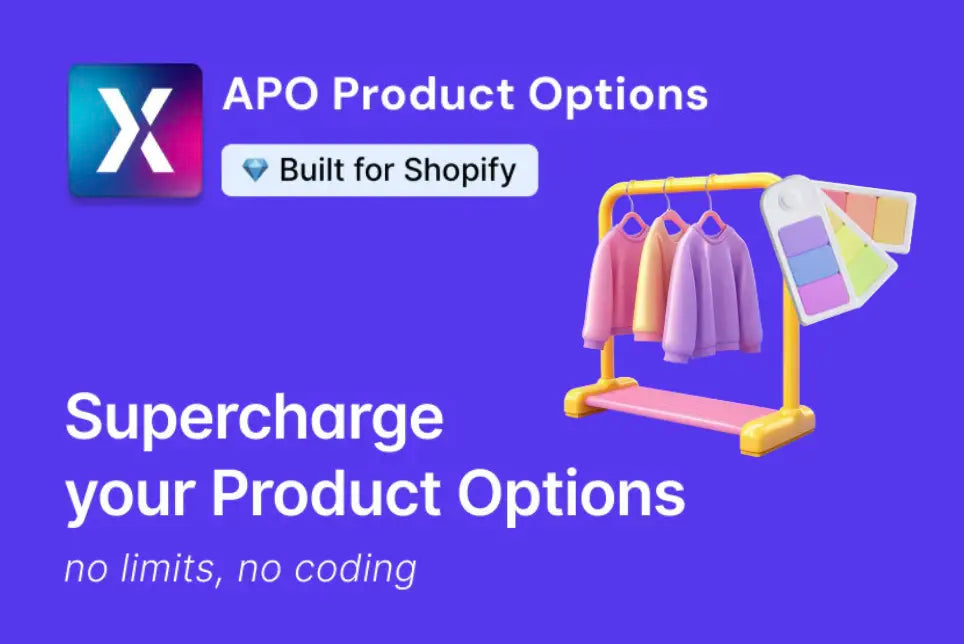


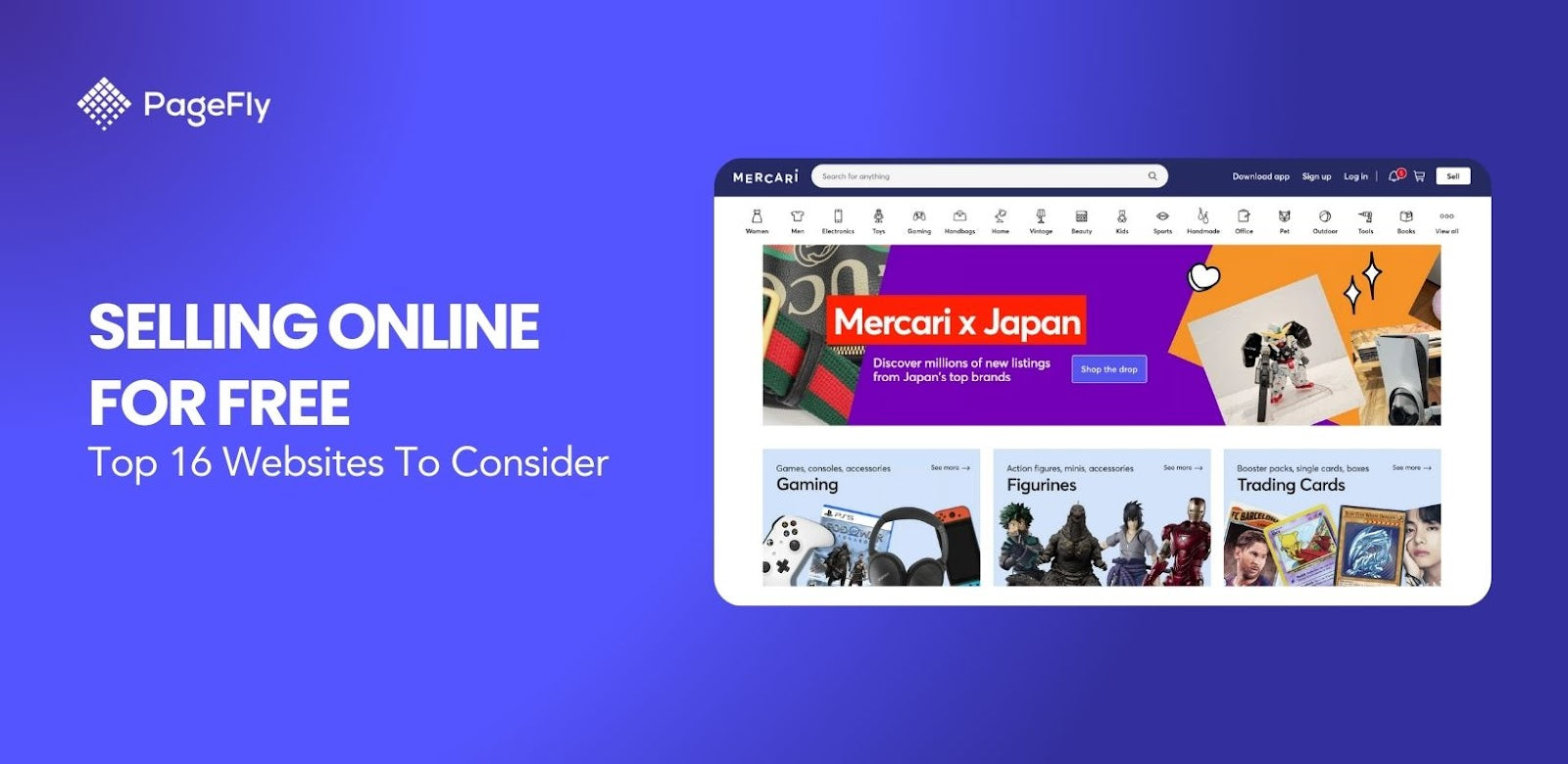

![14 Profitable Small Food Business Ideas for 2025 [Real Numbers]](http://pagefly.io/cdn/shop/articles/1_58b587d2-13db-4aa6-8c19-e40f5c88d3eb.jpg?v=1758255771&width=4460)
![Art Business Names: 350+ Ideas + Free Generator [2025 Updated]](http://pagefly.io/cdn/shop/articles/art_business_name_e94a54e9-d325-4ba3-94ab-7b4297952312.png?v=1760062968&width=1640)

